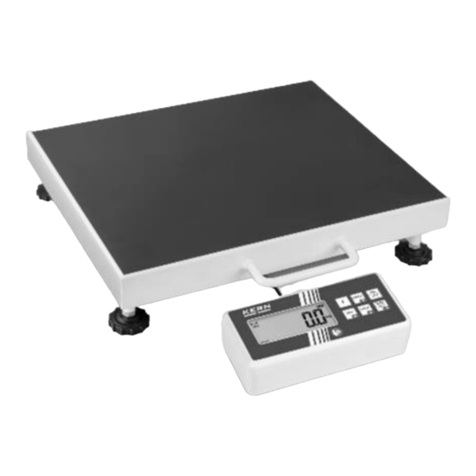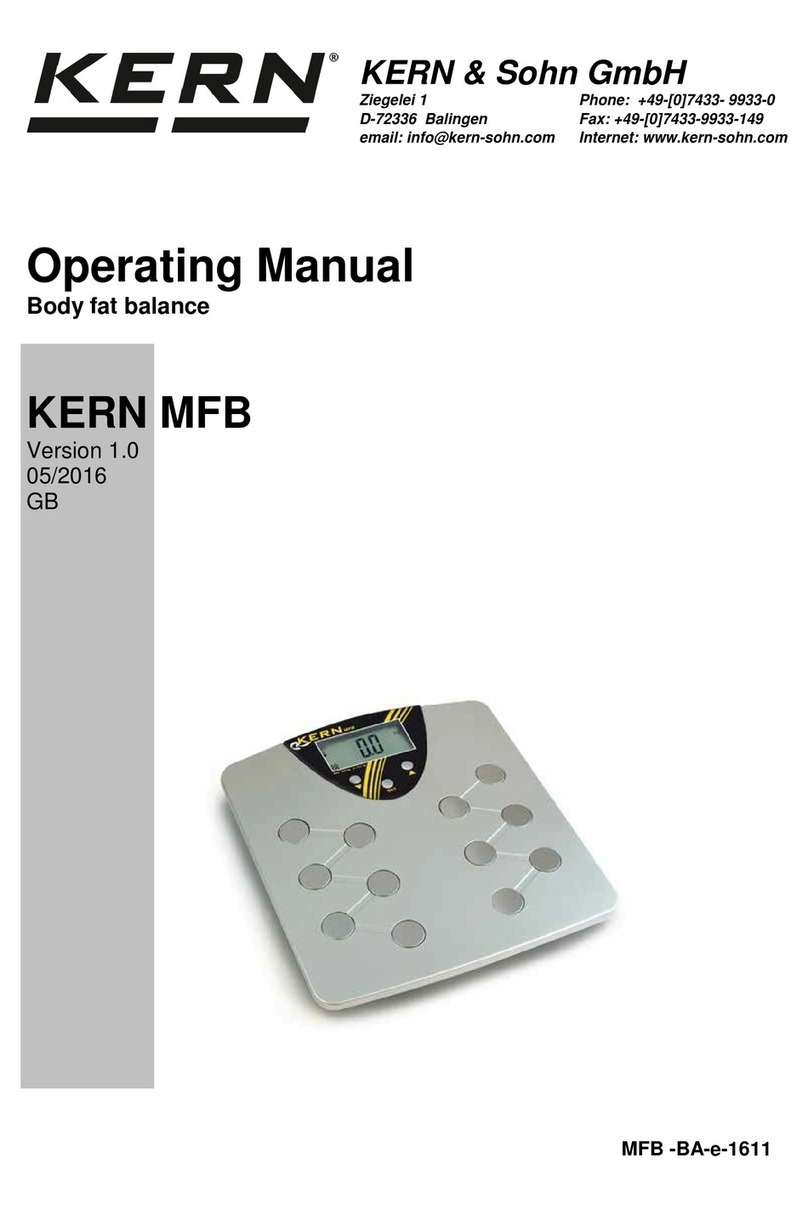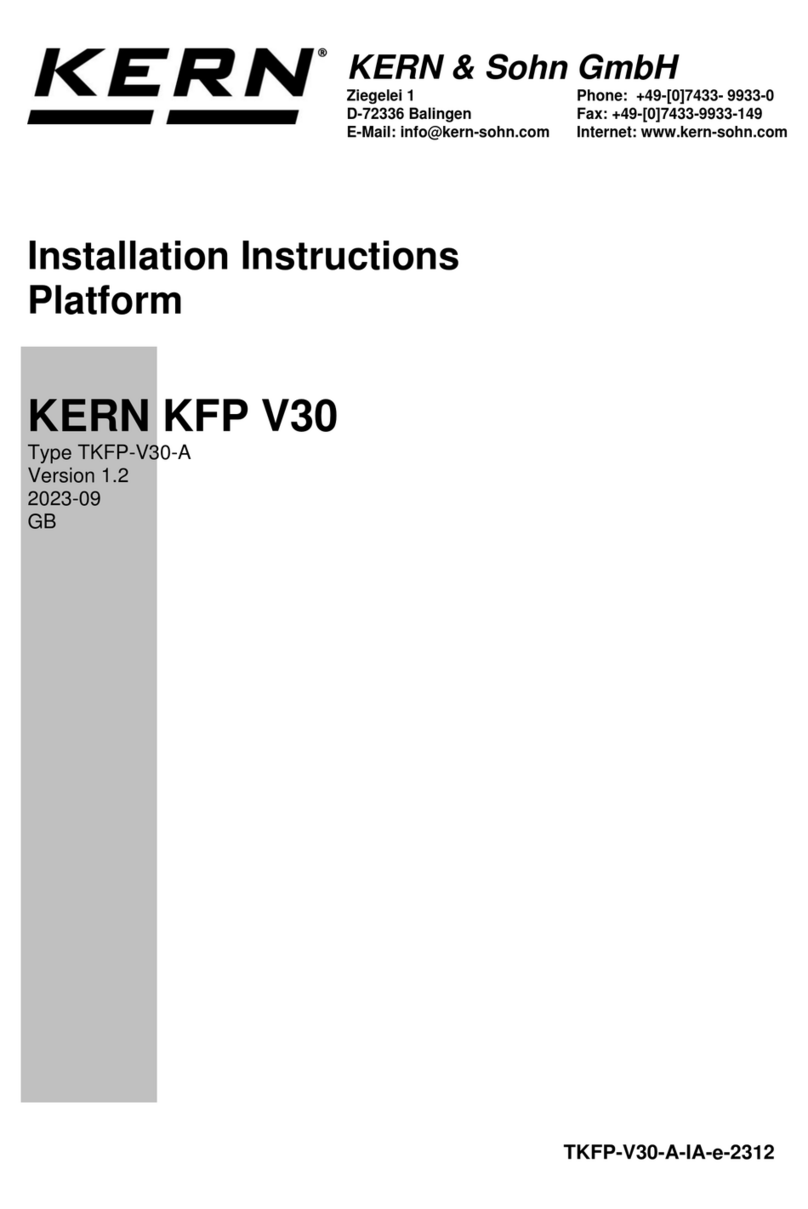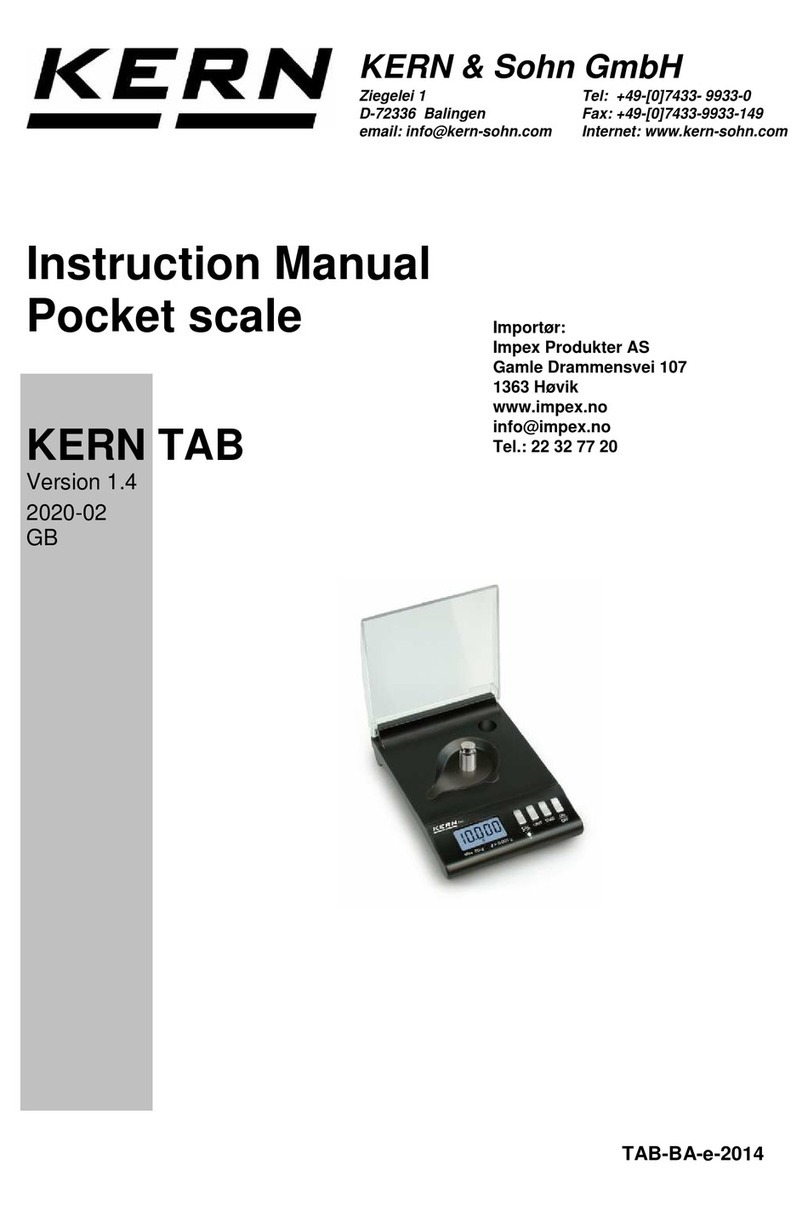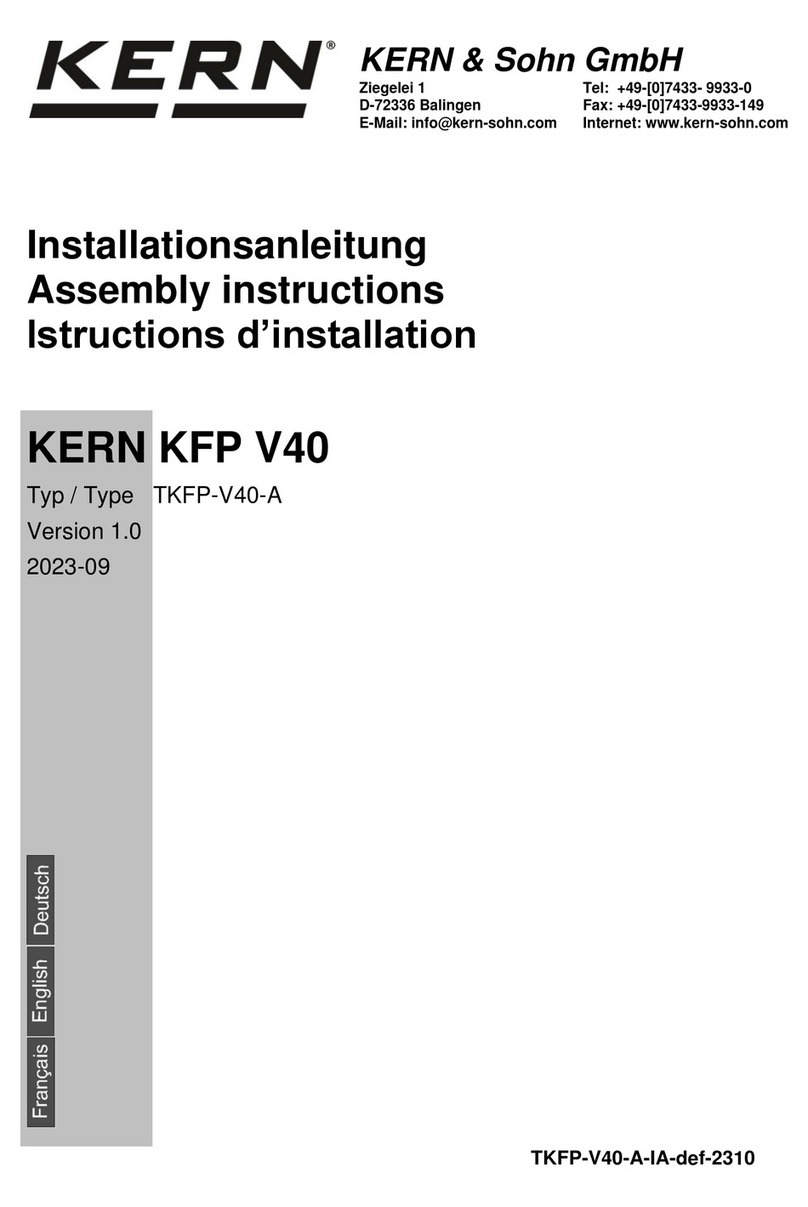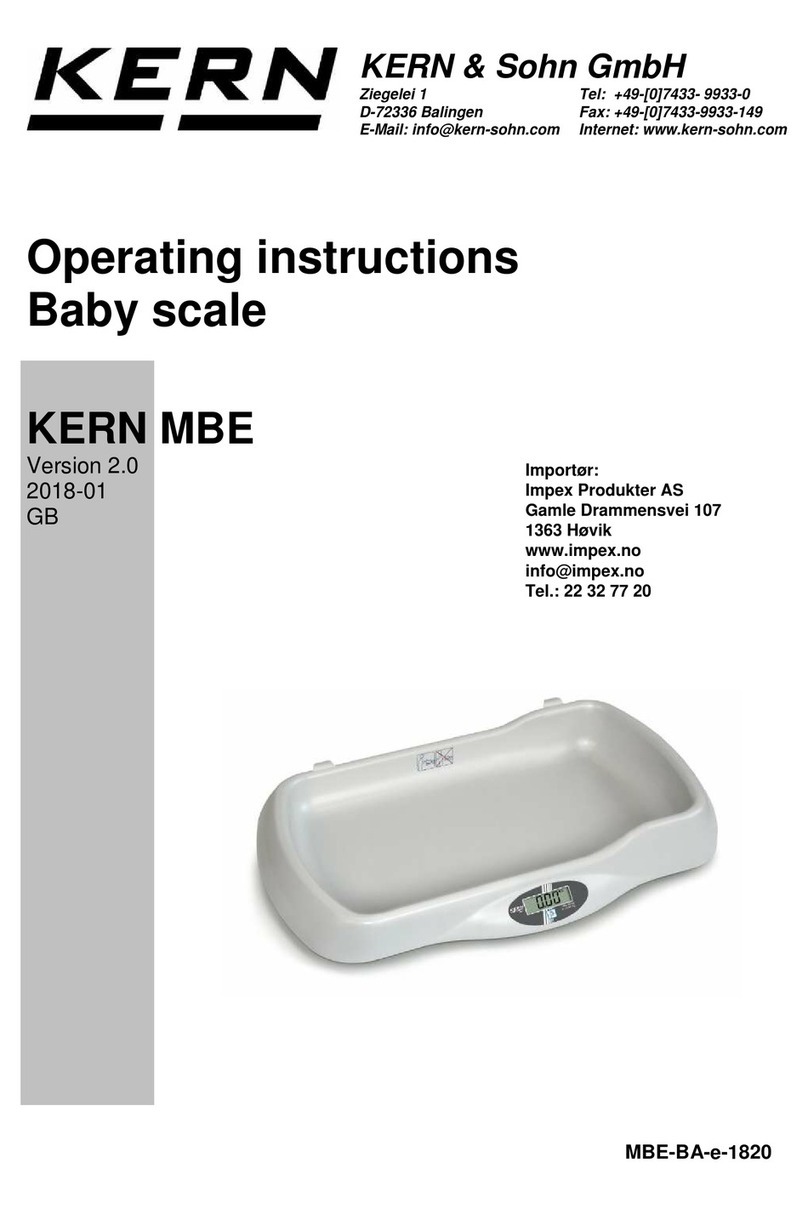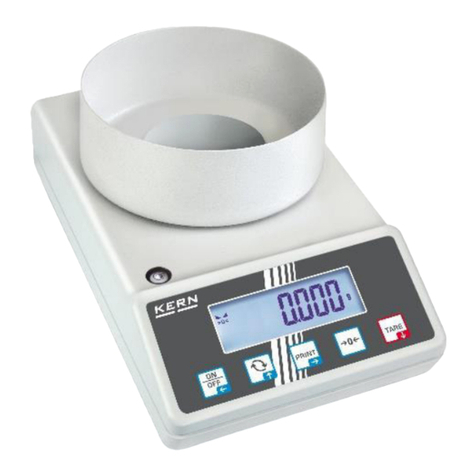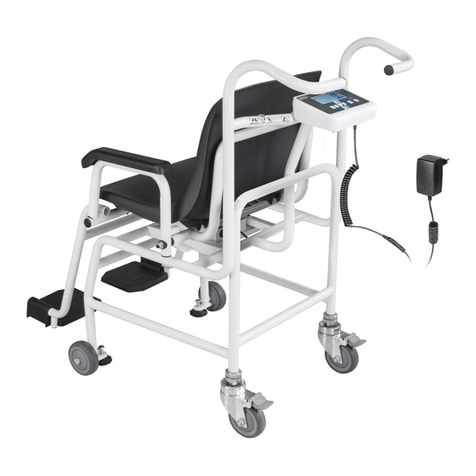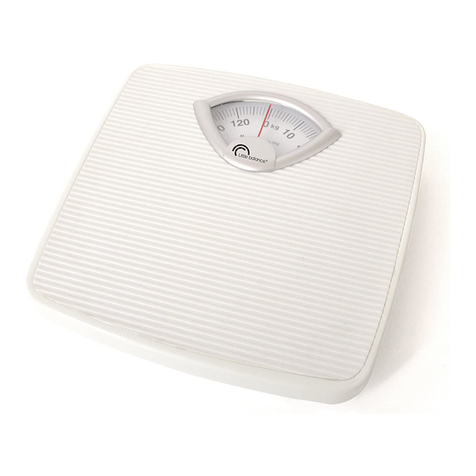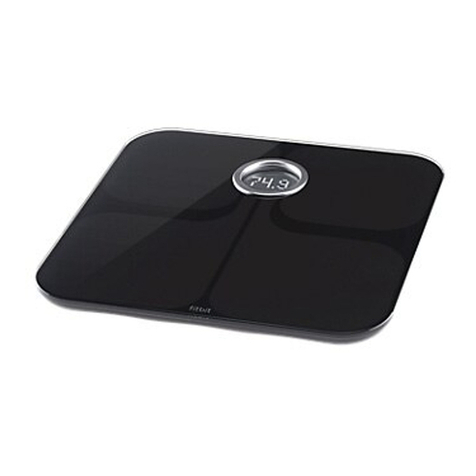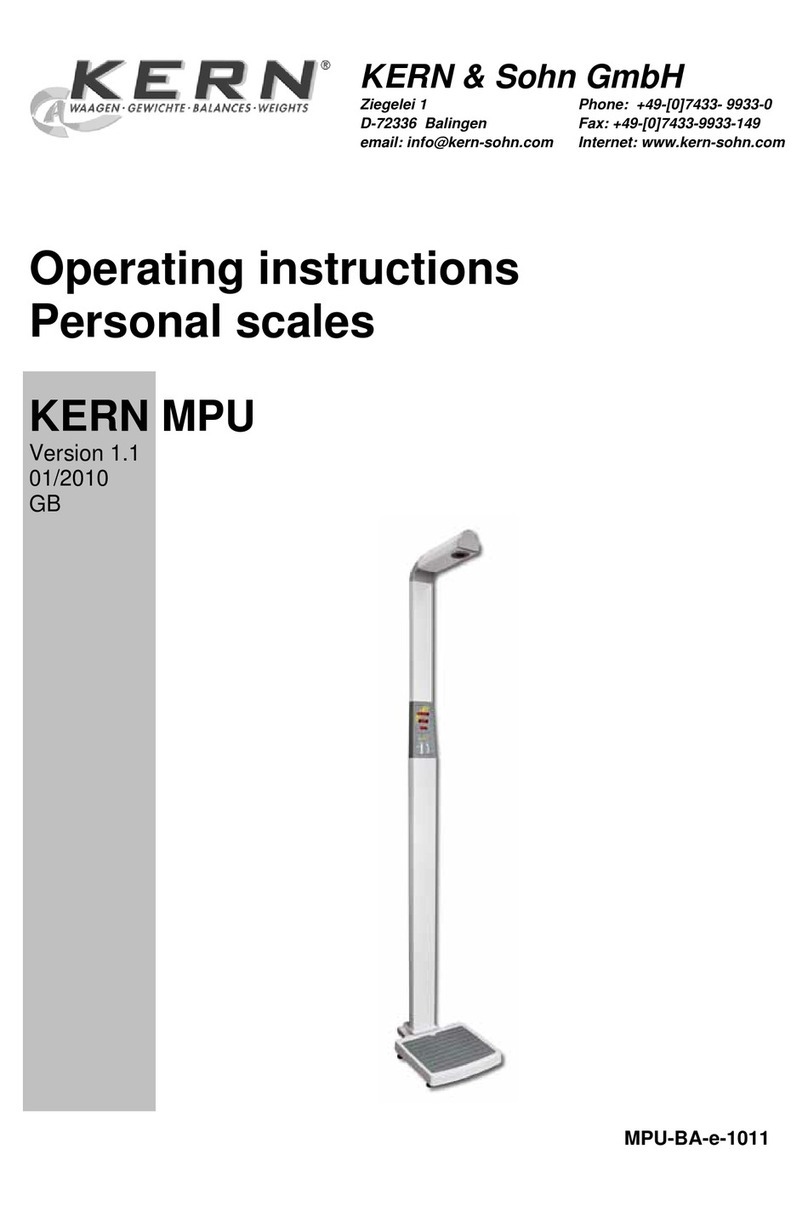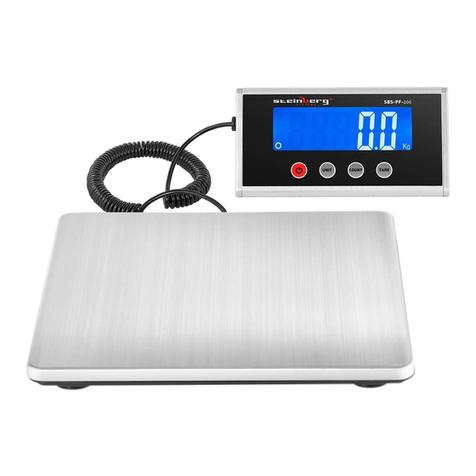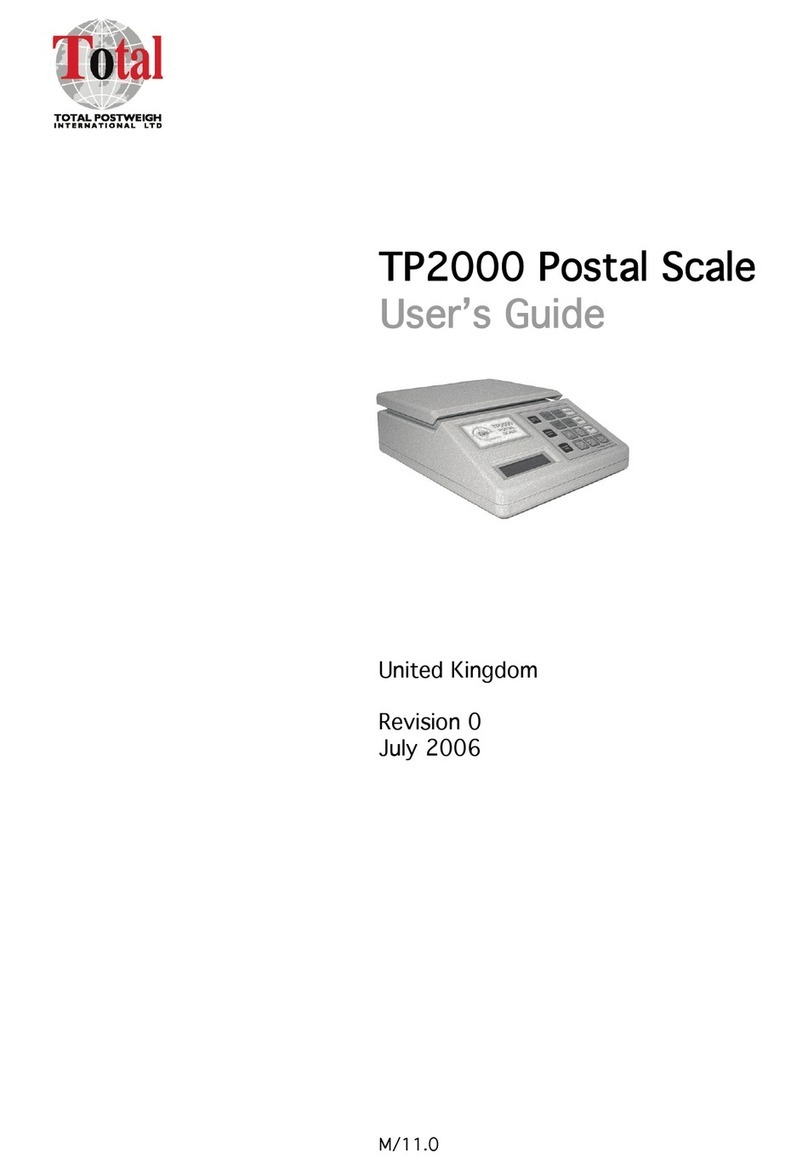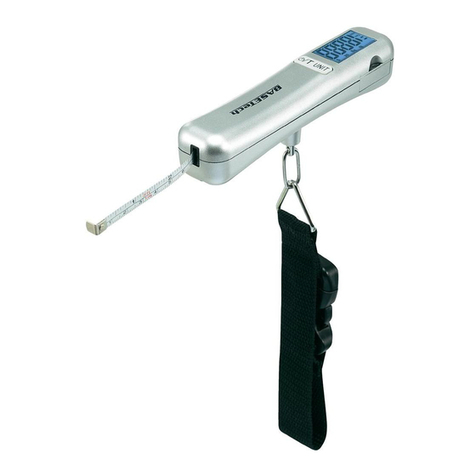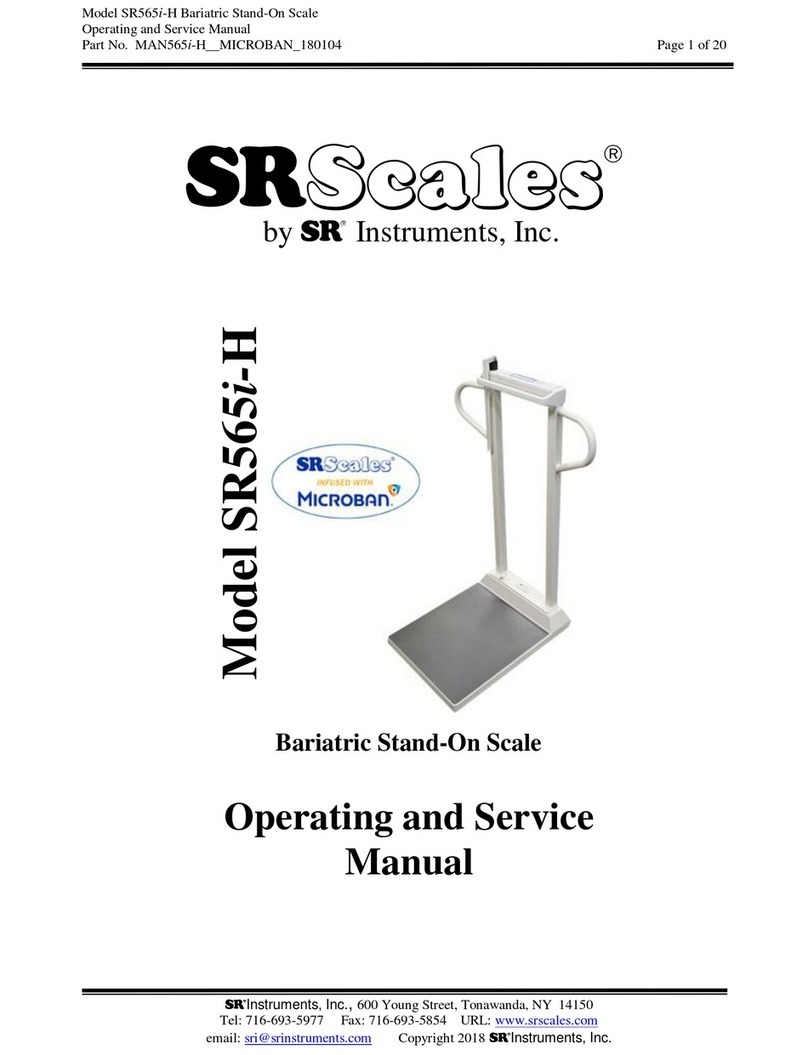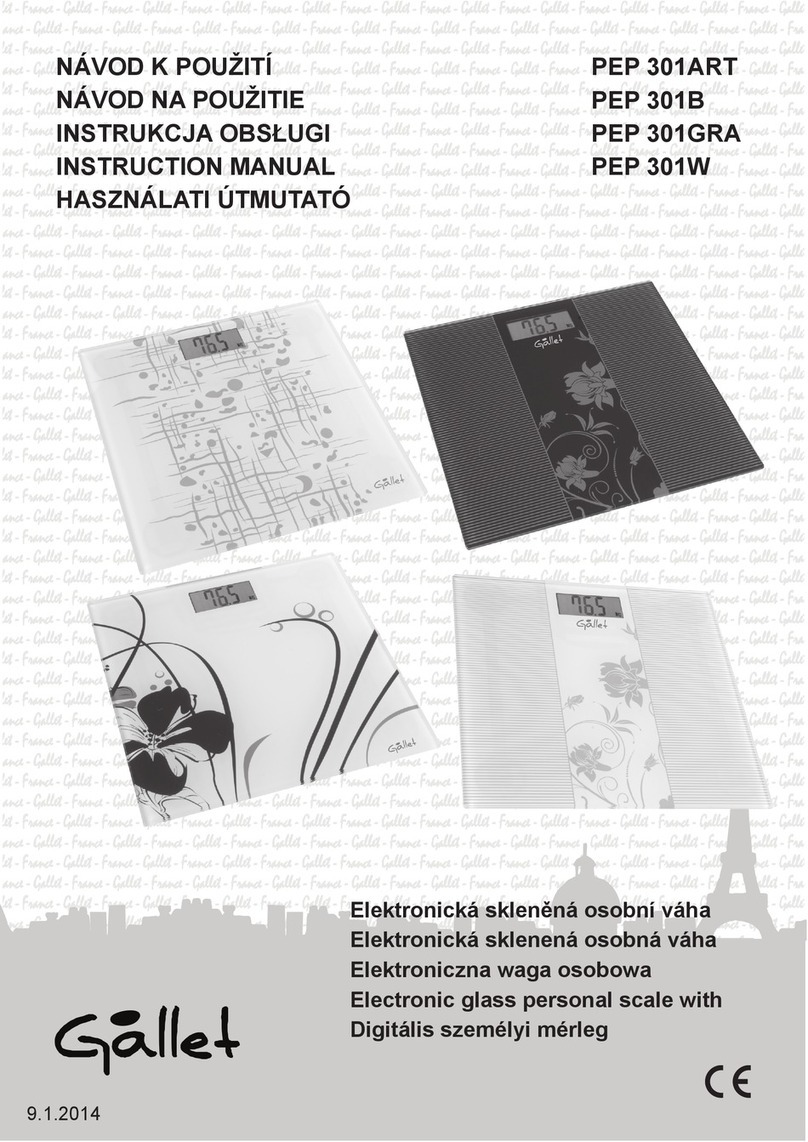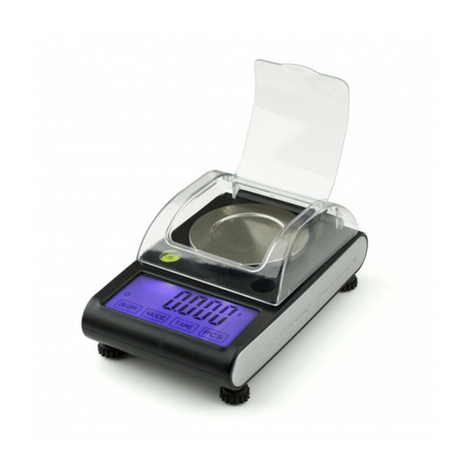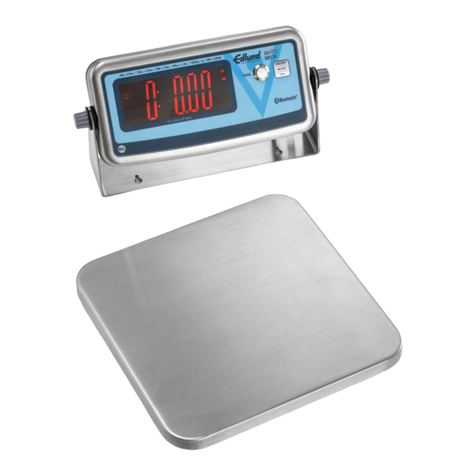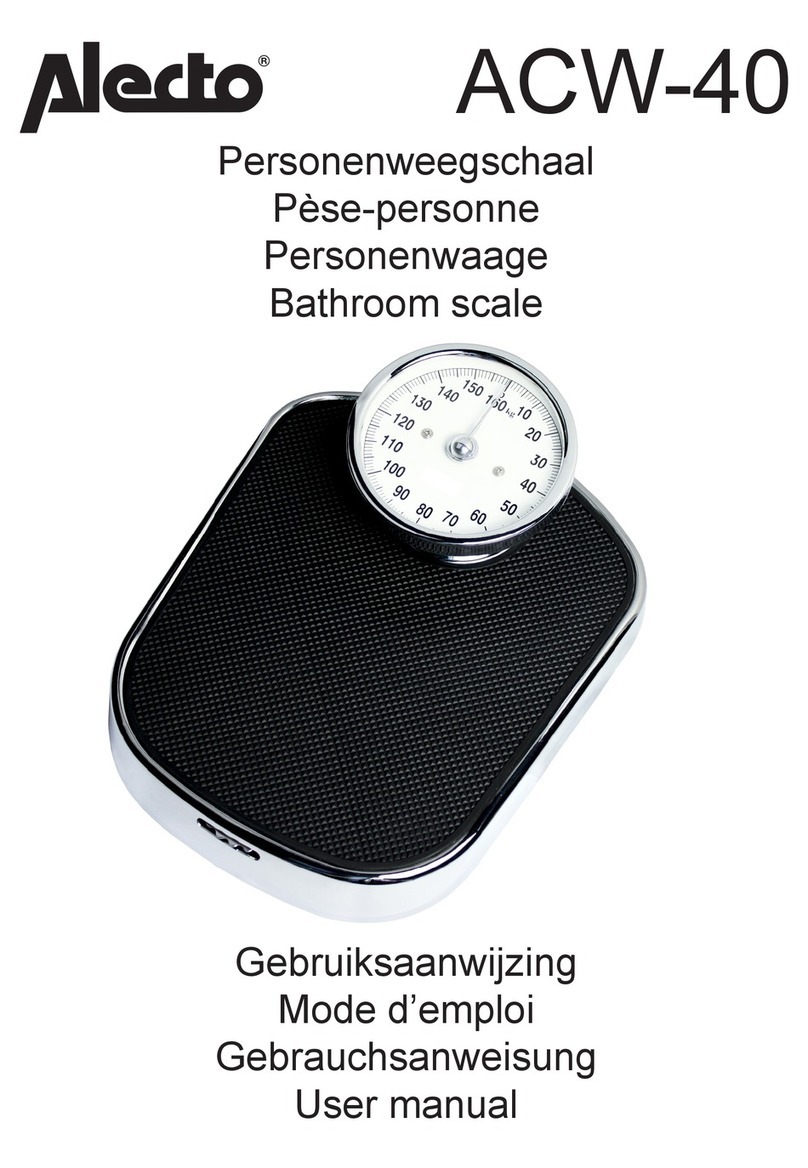
GB KERN PCB
Version 1.4 07/2009
Operating Manual
Compact balance
Table of Contents
1Technical Data ............................................................................................... 4
2Declaration of conformity ........................................................................... 10
3Basic Information (General)........................................................................ 11
3.1 Proper use............................................................................................................................... 11
3.2 Improper Use .......................................................................................................................... 11
3.3 Warranty .................................................................................................................................. 11
3.4 Monitoring of Test Resources............................................................................................... 11
4Basic Safety Precautions ............................................................................ 12
4.1 Pay attention to the instructions in the Operation Manual ................................................ 12
4.2 Personnel training.................................................................................................................. 12
5Transportation & Storage............................................................................ 12
5.1 Testing upon acceptance ...................................................................................................... 12
5.2 Packaging................................................................................................................................ 12
6Unpacking, Setup and Commissioning ..................................................... 12
6.1 Installation Site, Location of Use.......................................................................................... 12
6.2 Unpacking/erection ................................................................................................................ 13
6.3 Mains connection ................................................................................................................... 13
6.4 Operation using a (rechargeable) battery (optional) .......................................................... 14
6.5 Connection of peripheral devices......................................................................................... 14
6.6 Initial Commissioning ............................................................................................................ 15
6.7 Adjustment.............................................................................................................................. 15
6.8 Adjustment.............................................................................................................................. 15
6.9 Underfloor weighing .............................................................................................................. 16
7Operation elements ..................................................................................... 17
7.1 Overview of display................................................................................................................ 17
7.2 Keyboard overview................................................................................................................. 17
8Basic Operation ........................................................................................... 18
Start-up................................................................................................................................................. 18
Switching Off ....................................................................................................................................... 18
Weighing .............................................................................................................................................. 18
Taring.................................................................................................................................................... 18
PRE-TARE-Function............................................................................................................................ 19
Plus/minus weighings......................................................................................................................... 20
Parts counting ..................................................................................................................................... 20
Net-total weighings ............................................................................................................................. 21
Percent determination ........................................................................................................................ 22
PCB-BA-e-0914
2
